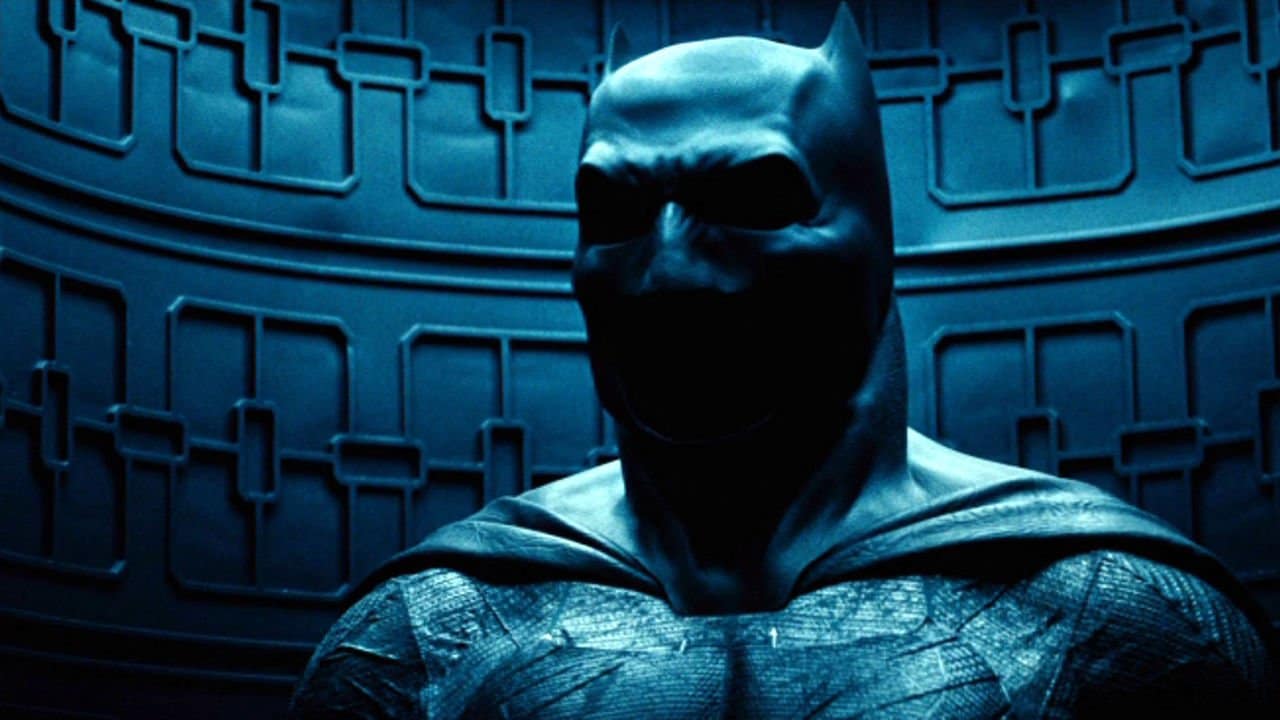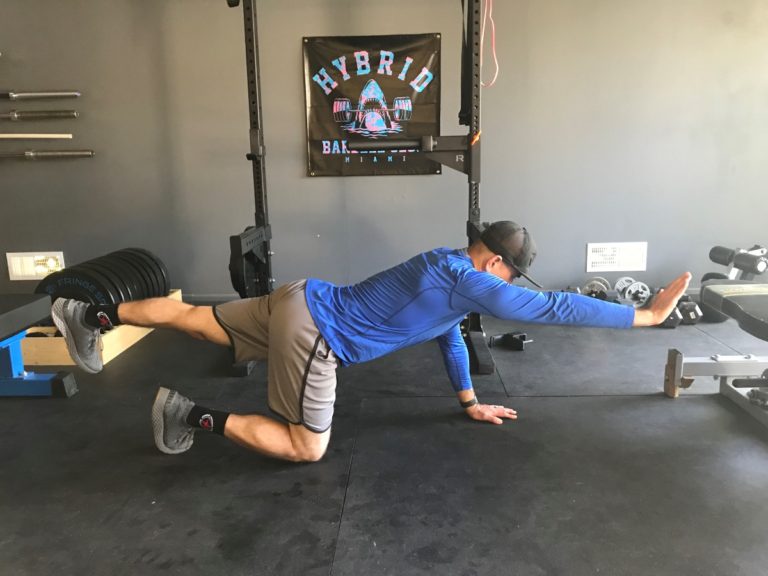This article contains affiliate links. This means that if you make a purchase through one of these links we may get a small commission from the sale at no additional cost to you. Thank you for your support.
The Dark Psychology of Batman: Batfleck’s Batcave, Article #8
Welcome back readers! We’ve reached the end here, as this is the FINAL installment in the BvS Batfleck Batcave series! From the minimalist, brutalist aesthetics to the division of tasks/rooms in the cave, to maximizing focus and human potential, to thinking holistically, purging the unnecessary, and smartly organizing the essential, we’ve just about covered the gamut on what it means for Batman to have built the Batcave space and what doing something similar for yourself can help you accomplish.
Once again, if you’re looking to start from the beginning, you can do that right here. Although Batman seems to have all his ducks in a row, all the equipment he could possibly need, and the organized logistical flow to make the most of it, there’s still something even more important that he requires to execute his plan. Something we all need if we wish to continue making progress towards our goals and consistently show up as our highest selves.
Because even if conditions are perfect, you’re still going to face obstacles which threaten to deter you. Resistance, in the form of procrastination, distraction, imposter syndrome, or any of a whole host of mental and practical challenges WILL rear their ugly heads from time to time. This is something we all must deal with.
I Seek The Means to Fight…….Fatigue, Apathy, Procrastination, Resistance
When Batman loses, when he’s tired and broken, when crises are coming at him all at once, when he doubts himself or his methods, where does he draw strength from? And what are we to do when life isn’t following our own plans? When nothing seems to go right and we think about giving up?
Batman’s got an answer to that. And reminders of it are present in the Batcave. That thing exists on a primal level for Batman/Bruce Wayne. It’s his “why”, his reason for being, the reason he gets out of bed in the morning early afternoon.
It is his PURPOSE. Something that, though it is malleable and has evolved over his career, remains fundamental to his being and empowers him in the most trying of times.
Saying you have a purpose and having it support you in a real and tangible way can be two different things however. What makes the difference? And how does the Batcave figure into all of this? To get to the bottom of these questions, and really discover how we can harness purpose for ourselves, we need to dig a little into Bruce’s development.
I’m no psychiatrist, but indulge me for a moment while I play armchair therapist (with a little help from a real professor of psychology) and attempt to suss out what keeps Bruce going, how the Batcave keeps this accessible to him, and how we can keep going as well.
Meaning Making and Posttraumatic Growth
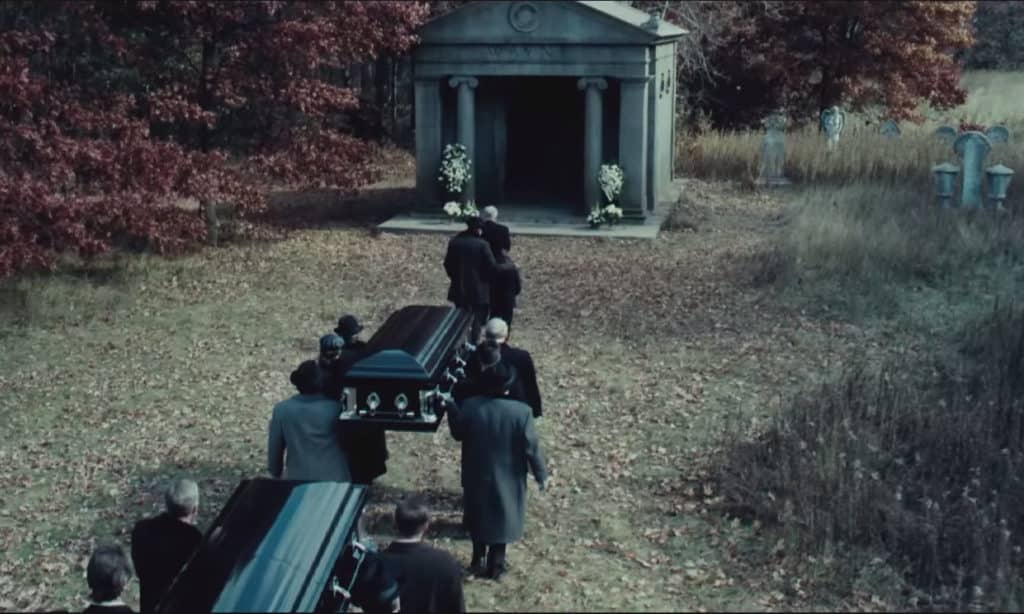
Bruce Wayne’s backstory is perhaps the most famous (and tragic) in all of comics. After his parents are both murdered in front of him as a young boy, Bruce Wayne decides to turn fear upon those who would prey on the fearful. Rather than letting himself be broken by this event, Bruce decides to face the ugliness of it (and his fear of bats) and make himself into someone strong enough and capable enough to deal with the fallout of it on his terms. This is something referred to in psychology as meaning making.
What is Meaning Making?
According to psychologist Dr. Travis Langley, in his book Batman and Psychology, meaning making is “finding value in tragedy, or forging our own means to make it have positive repercussions”. Closely related to this is posttraumatic growth, or what one experiences when they deal with their particular tragedy in constructive ways.
Bruce’s decision to eventually become Batman is a way for him to process his trauma in a way that empowers him while also honoring the memory of his parents. It’s him saying, “My parents will not have died in vain. I am not going to let this awful thing that happened make me into a fearful person, scared to live my life. Not only that, but I choose to face it in the most direct way possible.”
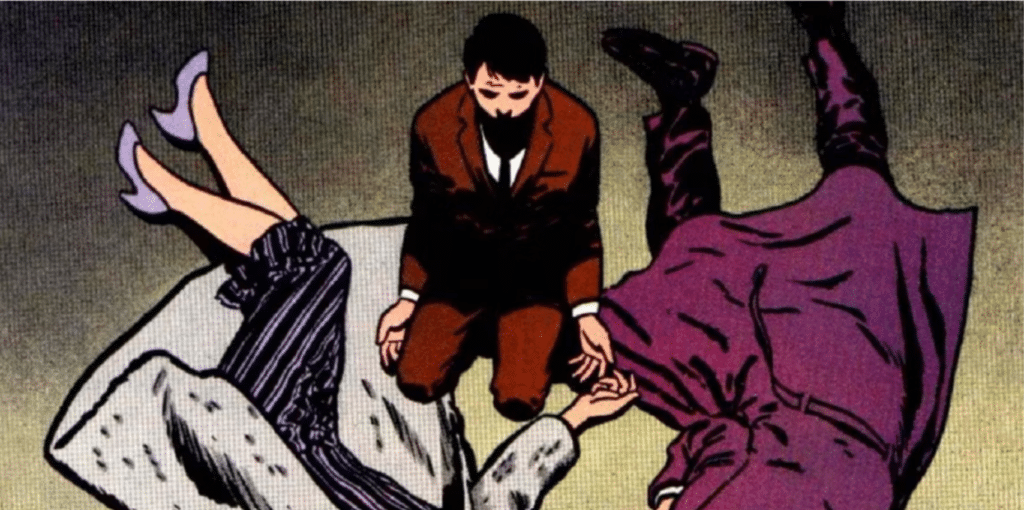
Batman’s mission begins originally by serving two related purposes. Primarily, he seeks to avenge his parents by fighting crime in Gotham. He shows the criminals there is a price to pay for what they’ve done. By making the streets safe for other citizens, he makes venturing out into crime alley and the rest of Gotham City safe, normal, and expected for himself. This doesn’t mean the danger doesn’t exist out there, but that he is equipped to confront it. As he avenges his parents, he heals himself and makes good on a promise he made to his younger self.
In order to make good on that promise though, Bruce must undergo a process which is a building up of the self. It requires that he become someone, something, more than he was. More powerful, more skillful, more cunning, so that he can deal with the criminal element. It’s his way of showing Gotham and the world (and himself) that he is no longer the scared little boy he was on that night long ago. He’s transformed himself. Both of these driving factors are ways for Bruce to exert a measure of control over the chaos that has overrun Gotham.
“He makes meaning of trauma in a few days where it takes the rest of us several years.”
Grant Morrison, Comics Writer, from Batman and Psychology
A Mission That Evolves
It’s later on that Bruce comes to the realization that the self-centered way he’s going about things isn’t going to cut it long term. In the comics, Bruce is seen as making this distinction at the very beginning. However, in Christopher Nolan’s trilogy Bruce comes around after he internalizes Rachel Dawes’s message- “It’s not who you are underneath (that matters). It’s what you DO that defines you.”
Again, in the Robert Pattinson version more recently, Bruce decides he has to be about more than just vengeance. He aspires to be a symbol of hope if he’s going to make a change for the better in Gotham, rather than just becoming another part of the cycle of violence.
Batman Doesn’t CARE About Self-Improvement
It’s funny that Batman has become such a symbol for self-improvement, over the past ten years or so, in particular. And hey, I’m as guilty as the next person, having written, I think ten articles now on various lessons from the Dark Knight. But the truth is that for all of his study, training, practicing skills, and forging himself into a weapon, Bruce Wayne doesn’t care about self-improvement, at least not in and of itself. Bruce Wayne/Batman does all these things for reasons OUTSIDE of himself.
Because he decides to face criminals, he then acquires the tools to do so as a means to that end. Later, his mindset pivots more towards protecting those who cannot protect themselves and giving them HOPE. This even more so than before gives Bruce the purpose and drive to do what he does. People are depending on him. He’s not concerned with “beating the guy he was yesterday.” It’s not about him. He hasn’t thrown away the idea of honoring his parents, but the WAY in which he honors them has evolved into a much more healthy, service-oriented purpose. Why is this important?
Is It Wrong to Want to be Better?
I think for the most part that people’s interest in self-improvement is a really positive thing. After all, I created this site in order to encourage people in this endeavor. However, if we’re not careful, there is the possibility that we can lose perspective on what really matters, and that we’ll allow ourselves to turn our focus inward too much. We can begin to focus on our own needs, comforts, etc. at the expense of others.
You’ll want to guard against this, as not only is it bad for those close to you, but it weakens your own mindset. Since self-improvement is naturally centered on the self, it’s good, necessary even, to consider what motives, responsibilities, etc. might support our own drive to be better versions of ourselves.
“Life isn’t a support system for art. It’s the other way around.”
Stephen King
Are we only striving for improvement so that we can feel better about ourselves? So we can stroke our own egos and pat ourselves on the back? Or so we can feel somehow superior to others, possibly as a response to having been made to feel less than? If so, I’m not sure this mental approach has long enough legs for the long haul. It may not be enough to get us through difficult times, when we’re tempted to say “good enough” or “I’ll do it tomorrow”.
Instead, we might consider how being the best version of ourselves will allow us to support others.
Something Bigger Than Yourself
What kind of person can get up everyday and train at maximum effort until they’re ready to fall over, then continue on for hours past that? Day in, day out. For weeks, months, years on end? I could be talking about Batman here, but I’m not. Fortunately, we already have real-world examples of this in the various special operations units of the U.S. Armed Forces. There are more stories, books, documentaries, and sheer info available now on special operations training than there have ever been.
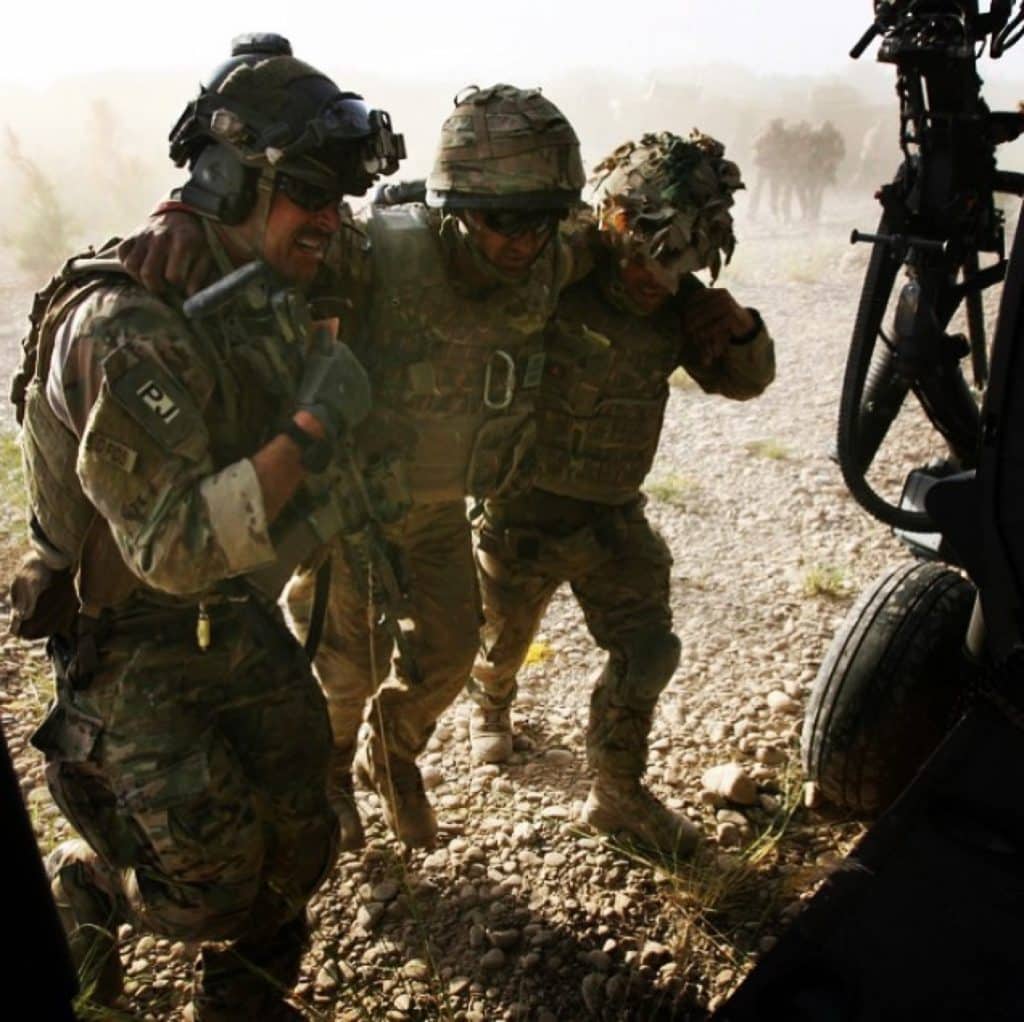
Take for example USAF Pararescue specialists, or PJs, who have the following mission- To go into harm’s way to save lives on the battlefield. It’s amazing that we actually get to peek behind the curtain and see what these individuals endure, but also that we get to see into their mindset.
To Learn About Another Incredible Air Force Special Warfare Career Field, Click HERE
Time and again, it’s noted that these individuals are partly or mostly driven by reasons outside themselves. They may enter the pipeline because they want to see what they’re made of. But what keeps them going in the middle of training and operations is their mission, “So That Others May Live” as well as the Airmen beside them.
The mindset of service and attitude of doing whatever is required in order to accomplish the mission runs through the other Special Operations units of the other services as well. Here’s an excerpt from the Navy SEAL creed, referenced by former Navy SEAL Marcus Luttrell, in his book Lone Survivor–
“I will never quit. I persevere and thrive on adversity. My Nation expects me to be physically harder and mentally stronger than my enemies. If knocked down, I will get back up, every time. I will draw on every remaining ounce of strength to protect my teammates and to accomplish our mission. I am never out of the fight.”
Navy SEAL Creed
The above passage references duty to Nation and to one’s teammates. Knowing that others are counting on you is a powerful reminder to draw upon when the shit hits the fan. And it doesn’t take too much intellectualizing to grasp the heavy responsibility inherent in those words. I imagine that duty is something operators sense on an emotional level.
What About the Rest of Us?
Well what about us normies then? Where is our visceral purpose supposed to come from? Hopefully, you haven’t experienced childhood tragedy ala Bruce Wayne and you don’t need to have joined the top 1% of the military to appreciate the examples they’ve given us.
Occasionally, when I was in USAF PME (Professional Military Education) or at BMT, we’d do hero workouts, specially formulated workouts designated to honor a fallen military figure. These occur in Crossfit as well, and pretty much everyone is familiar with the pretty recent, but now annual tradition of doing “Murph” to honor Memorial Day.
These workouts give one the chance to reflect on the sacrifices of others, but they’re also so effective because they speak to each of us and our own values. What would you do for your loved ones and closest friends? Forget petty arguments, disagreements, etc. In an emergency what you be willing to do to help them?
Making the effort to engage with our inclination to help those closest to us doesn’t need to be reserved for a once in a while workout or a National holiday. The next time you need to do work that is difficult, take time to think about why you do what you do. Next work on keeping that in mind on a daily basis, not an occasional one.
How the Batcave Keeps Batman Connected to his PURPOSE
If you’re an astute observer, and I know that you dear readers are, you’ll probably already have noticed the giant flag posts director Zack Snyder placed in the BvS movie, with regards to Batman’s motivation. I like to refer to these as The Call and The Response.
The Call
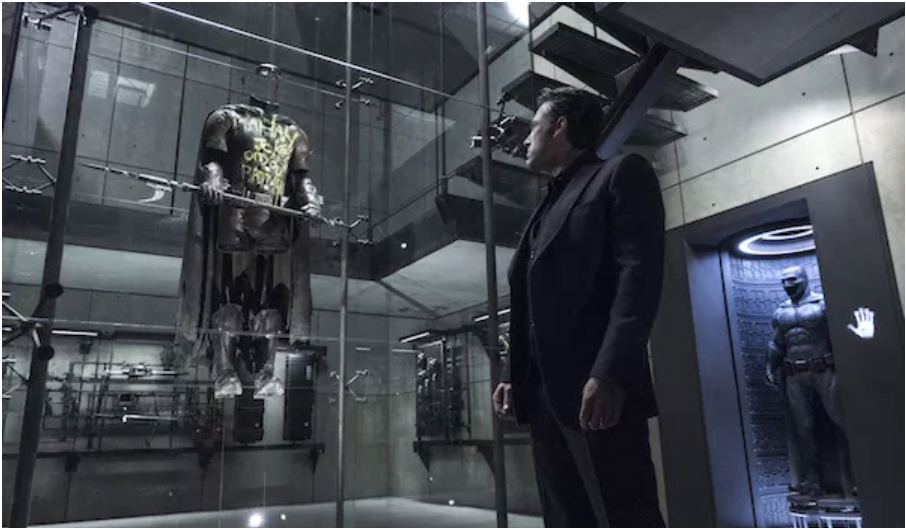
The Call to Action. This uniform and memorial display of a now deceased Robin, might be the most important object in the entire Batcave. It represents many memories and emotions for Bruce, not just of Robin, his surrogate son. It also represents the idea of family. It represents his own, those closest to him, and by extension the innocent citizens of Gotham he’s vowed to protect. Everyone who depends on Bruce Wayne is represented here by Dick Grayson’s desecrated uniform.
“The Robin suit is a brutal reminder to Batman that even though he can bring all of his considerable resources to bear and push himself to the absolute limits of his physical capacity, there remains only the slimmest margin for error.”
We can only assume that between the beginning of Batman’s career and the death of Robin, Bruce was largely successful in his mission. Batman donned the suit, fought injustice, and made a positive impact. That is until he failed. The Robin suit is a brutal reminder to Batman that even though he can bring all of his considerable resources to bear and push himself to the absolute limits of his physical capacity, there remains only the slimmest margin for error. As he stands before the display he is acutely aware of what can happen to those that depend on him when he’s not at his best or when he’s not there when needed.
This is what provides the real psychological fuel. The experience of failure and of having let others down. This knowledge creates the urgency that is present when Batman does anything, from planning to training to fighting. The memorial display is there to be a constant, visceral symbol of his mission to fight criminals. It speaks to Bruce’s deep, instinctive desire to create justice in the world and his need to control the chaos surrounding him.
“My parents taught me a different lesson….The world only makes sense if you force it to.”
Batman, speaking to Superman
The Response
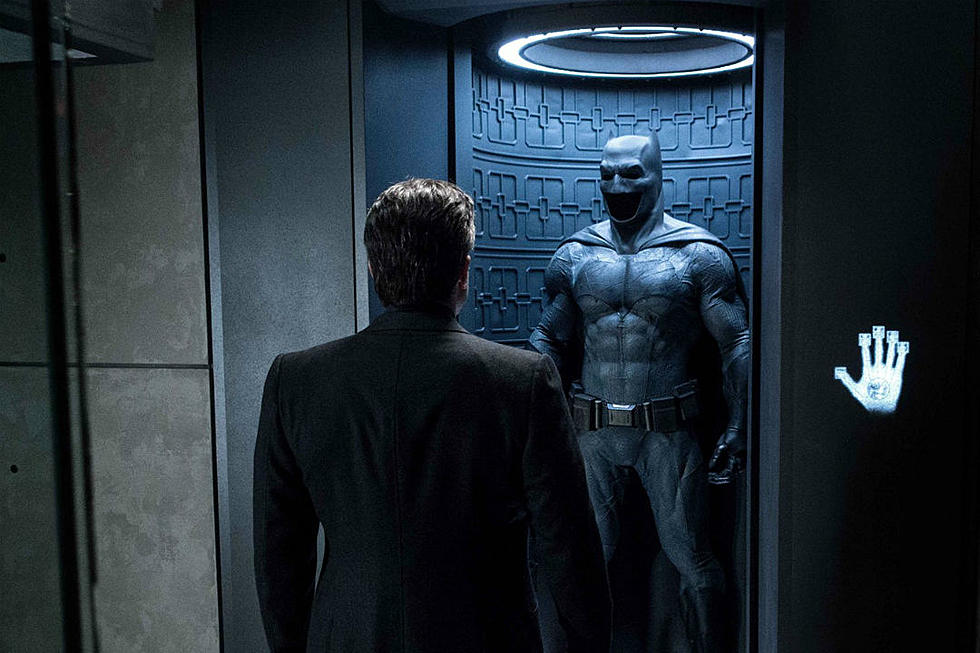
After staring at Robin’s suit, Bruce is filled with an undeniable need to take action. He places his hand on the Batsuit housing’s biometric fingerprint scanner and watches as his answer to The Call, the one he’s spent his whole life creating, is slowly revealed. The Batsuit and the persona of Batman is Bruce Wayne’s answer to The Call.
Every fan of this movie knows this scene and the look on Bruce Wayne’s face-
We get the sense that Bruce is experiencing a strong motivation here, but not an optimistic one. It stirs feelings of righteous anger in him, fury even, and a heavy obligation to go out into the night and perform a duty to himself and Gotham. I love this scene because it’s such a clear example of the threat Batman feels and his response to it.
And it demonstrates the power and direct connection that Bruce has with these objects in the Batcave. They’re like his talismans, spurring him into action. Only, it’s a slightly complicated example because this isn’t the version of Batman that’s clearly a noble protector of Gotham. He wants to kill Superman just because he’s capable of burning the place down. Not because he actually has any intention of doing it.
The Maladapted Knight
The iteration of Batman, as portrayed by Ben Affleck here, is one that is still reeling from Robin’s death. He is of course high functioning as ever, but as a result of not having fully dealt with Robin’s death, and now having experienced first hand the death and destruction caused by the Kryptonians, this Bruce is starting to veer off course of what makes the Batman character noble and admirable (much to some fans’ consternation).
This Batman kills, quite frequently, and has taken to branding criminals. His closest confidant questions this and speaks to the change he sees happening in Bruce. Alfred speaks about Bruce having become full of rage and frustrated by the powerlessness he felt being unable to prevent civilian deaths during the Kryptonian battle.
The Batfleck version is beginning to respond maladaptively to his situation. In The Batman, Robert Pattinson’s version of the character eventually comes to a similar crossroads where he must decide what kind of vigilante he’s going to be.
In Batman and Psychology, Dr. Langley offers that as a result of failing to constructively process the trauma of Dick’s death (as well as the deaths of the Kryptonian battle), this version of Batman is beginning to respond to stress maladaptively (in a wrong, unhealthy way). These events and Batfleck’s inability to cope with them in a healthy way have “lead to further escalation in Batman’s violence and self-destructiveness…”.
What started out as a way to make sense of the tragedy that happened to him long ago, and gave him a sense of control over the chaotic world, as well as a moral purpose, is now threatening to change him in ways it might be difficult to recover from.
Connect to the Visceral Purpose You Have
While the version of Batman in BvS serves as a cautionary tale, you don’t need to let your obsessions run your life (totally). You WILL be better served in pursuing your goals, however, if you can connect with whatever the emotional trigger is for you that is driving you towards those goals.
I’m not so much speaking about what you might do for a living. Choosing a career is its own problem to solve and just because you’re in one doesn’t mean you need to stay there (if you’re unhappy in it). I’m talking about a more basic, more broad drive that informs your choices and decisions in life as a whole.
Maybe you are striving to make a better life for your family. Maybe you just want to show your kids what hard work looks like. Again, remembering who you serve can be a powerful motivator.
If you don’t have kids or a significant other that’s okay too. Many nurses, police officers, and other like professionals go to work everyday in order to serve their communities, mentor younger colleagues, and make their work centers and industries better.
Or perhaps, connecting with a set of ideals that you truly believe in can give you the drive to continually show up as your best self. We all go through periods where we need to work on ourselves primarily, knowing that relationships and connections we have in the future will be better because of it.
Regardless of what speaks most to your inner drive, the point is to do some self-reflection to figure out what exactly that is. Without doing this mental/emotional/spiritual homework, you might be at a loss when dealing with adversity. It’s also good to remember that it’s a process. You most likely won’t figure everything out in a day. If you continue to reflect on such things you should gain clarity over time and come to know yourself in a way that shapes your life (and those around you) for the better.
The Batcave in the Comics
As opposed to the grim situation seen in the BvS Batcave, the comics version of the Batcave features quite a few trophies. While there are no “wins” displayed in the Batfleck iteration, having some objects associated with positive feelings in your own space could serve as a healthy motivator. Longtime fans know that some of the most famous objects in the Batcave are an animatronic dinosaur and a giant penny. These serve to balance out the gravity of Batman’s responsibilities and act as positive displays of success from his career.
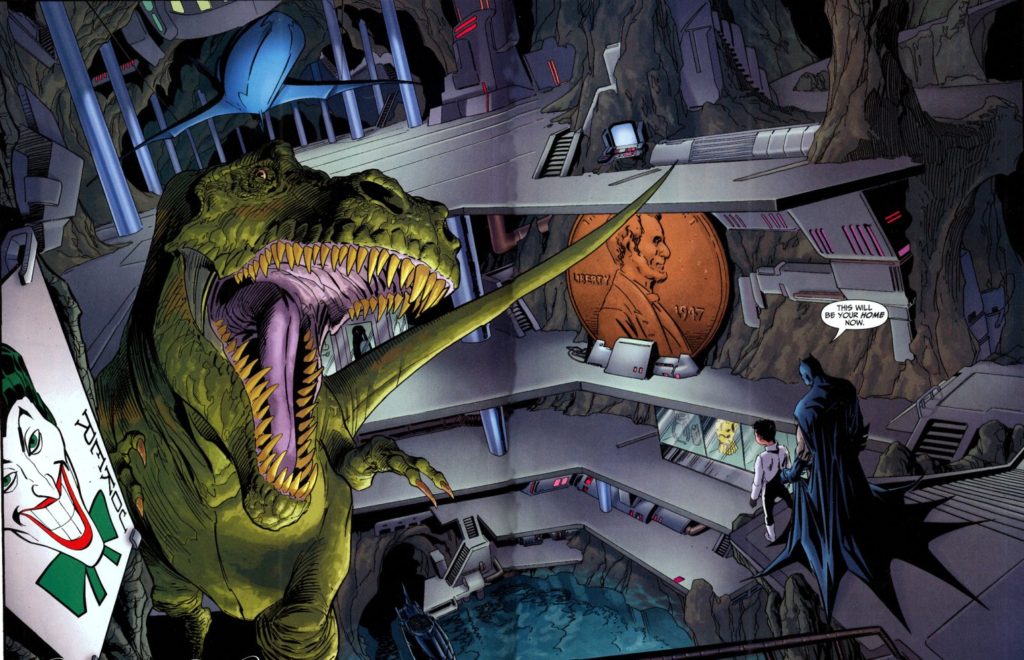
Let’s Ignore That Bit of “Martha” Dialogue, Mkay?
The Pattinson version of Batman, though brilliant and motivated, sulks through much of The Batman, angry all the time and obsessed with vengeance as his motivation. Like the Batfleck version, he is veering off course of the hero’s path, teetering on the knife’s edge of what kind of person he wants to become.
Fortunately, they both ultimately decide to turn towards hope. It’s not until Batfleck comes within a hair’s breadth of murdering Superman, that he begins to come back to the heroic path he originally set out on. Witnessing Superman’s sacrifice later in the story seals the deal for him.
Home is Where The Batcave Is- Conclusion
In Batman and Psychology, Langley makes note of the years long debate among fans as to which is the real mask, Bruce Wayne or Batman. He notes that throughout the history of the character, it has depended mainly on which writer is calling the shots and they all have their opinions, as do fans. I like his conclusion though, that the character is a combination of these different personas, each being emphasized more or less depending on the situation.
Regardless of which version of Batman you like best, the Batcave serves not only as a refuge and base of operations, but also as a place where Bruce/Batman feels emotionally connected to the history and purpose that continues to inform all of his major life decisions. It allows him to create the highest version of himself by tying together all of the various ingredients which are essential to his complex persona. Hopefully your own space can do the same for you.
The most genuine version of the character then is perhaps who the author refers to as “Batcave Bruce”, hanging out in the Batcave with suit on, but mask off, talking with Alfred and Robin, the only ones he trusts enough to see both sides of him. And in this place, where he feels most like himself, Bruce is bolstered and energized by the Batcave, a space that is a true reflection of him, his purpose, and his life’s work.
Resources
Although the thoughts in this article are my own, I leaned heavily on the work presented by Dr. Travis Langley in his book, Batman and Psychology: A Dark and Stormy Knight. If you are at all interested in the psyche of the Dark Knight I highly recommend it. It manages to be extremely informative while also being very accessible and entertaining.
Batman and Psychology by Travis Langley (I have the revised 2nd edition, which was released in 2021)
Inside Combat Rescue by National Geographic Television
Surviving the Cut by Discovery Channel
Alone at Dawn by Dan Schilling and Lori Chapman Longfritz (For a Book Review Click Here)

